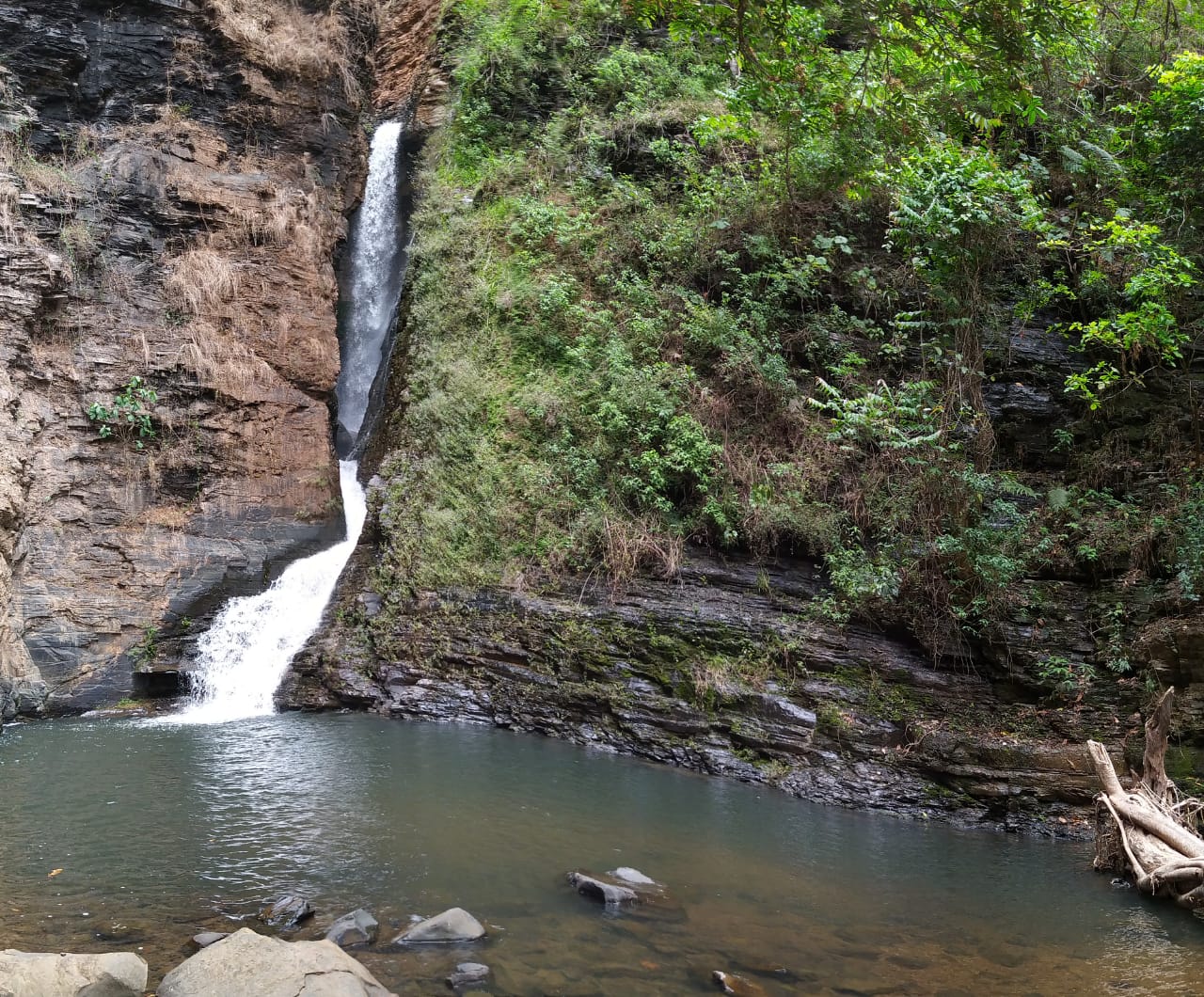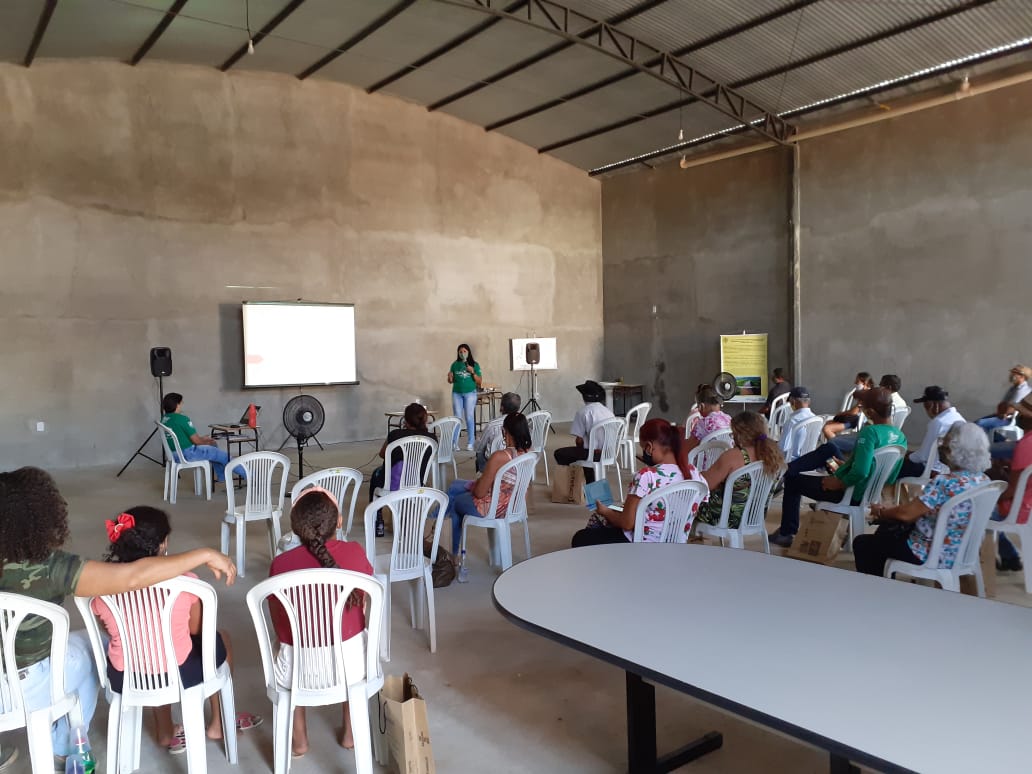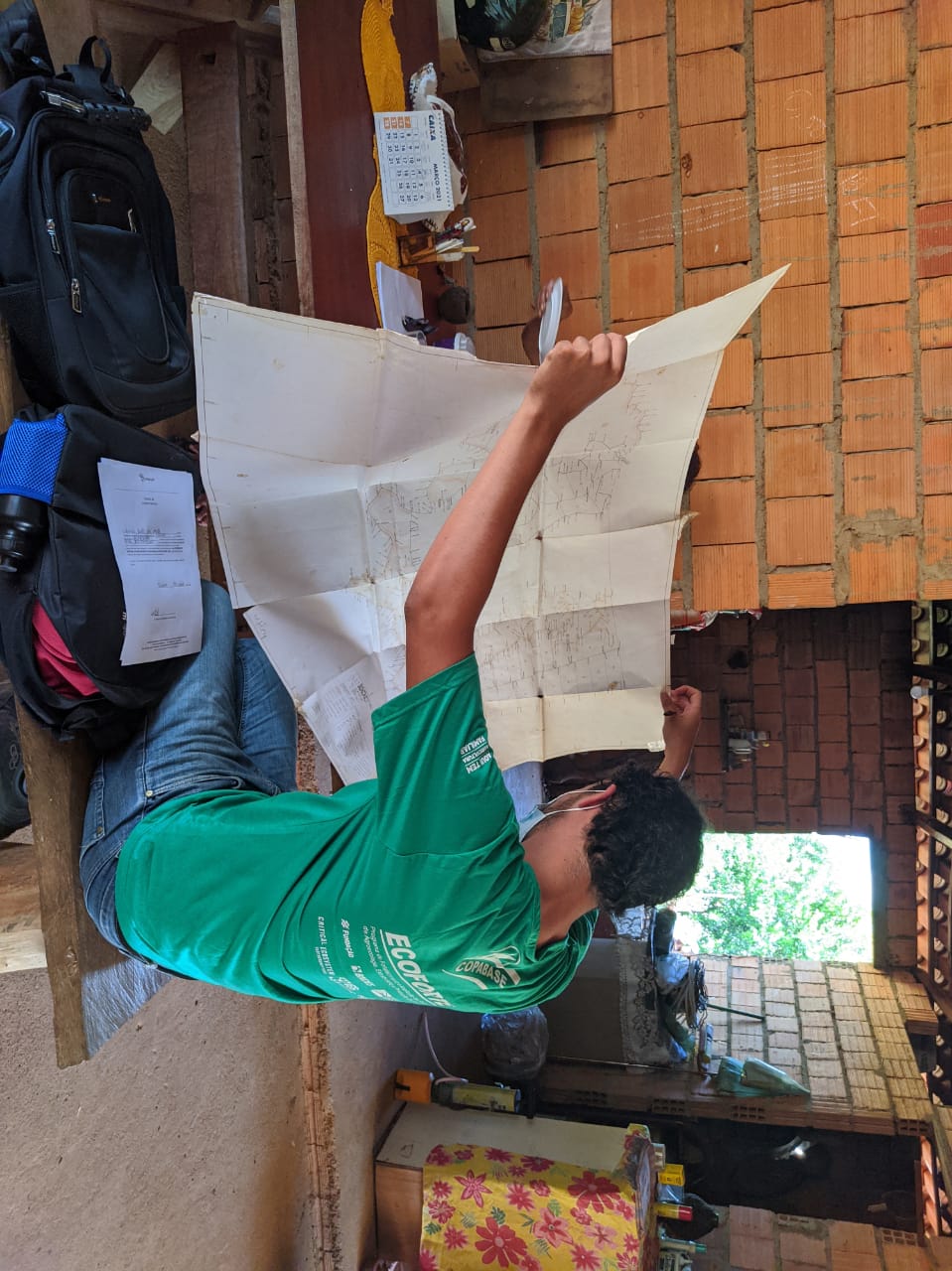Território do Rio Urucuia Grande Sertão, Brazil
Background
The Urucuia River Valley region is located in the northwest of Minas Gerais, which covers an area of 60,906.30 km² and is composed of 22 municipalities, among them Arinos. The total population of the Valley is 295,829, of which 79,907 live in rural areas (27.01% of the total). The territory has around 47 rural settlement projects.
Paracatu State Park and the Sagarana State Park are both located in this region, in the municipality of Arinos. The Grande Sertão Veredas National Park is situated on the border of the states of Minas Gerais and Bahia, with its headquarters in the municipality of Chapada Gaúcha.
The region can also be understood as the Urucuia Grande Sertão Microregion, which is bordered by the Southeast, Northeast and Center-West regions of the country, in the Urucuia River basin and the Carinhanha River source. It constitutes one of the seven microregions of the mesoregion of Águas Emendadas, and also one of the main sub-basins of the São Francisco River.
The territory has different economic, social, environmental, and cultural realities, and is marked by a deep social contradiction built over the years of colonisation and exploitation, highlighted by the presence of a large number of land reform settlements and family farms on one side, and large agribusiness properties on the other.

The Birth of a socio-institutional organisation
Economically, this micro-region is characterised by innumerable natural wealth, fertile land, water resources, great tourist potential, suitable climate for agriculture and cattle-raising, and an excellent geopolitical and market location. However, it still has an agricultural production system characterised by little productive diversity and low economic density.
The average amount of land for cultivation reaches 15 hectares per family. There are still other important activities that generate a small income, such as:
- Beekeeping - which has been spreading in the region with a small increase in productivity
- Fruit farming - mostly for self-consumption
- Planting cassava/manioc for self-consumption, production of animal feed and flour
- Production of vegetables - much favoured by the climate of the region
- Raising of small free-range animals at a low cost
Agribusiness advances and contributes to the advance of predatory exploitation of the cerrado’s forest resources. It is the result of a rush of investors from other regions in search of cheap land, combined with an absence of mechanisms for territorial planning, such as ecological economic zoning.
In the year 2000, countless organisational processes, meetings, forums, lectures, and training sessions were developed, aiming at leadership formation, associative, cooperative and productive arrangements. Furthermore, they aimed to seek investment partners to foster production chain structuring projects. These could guarantee dignity and permanence for the communities in the territory and, consequently, improve the territory’s conservation.
The territory's social capital has become a reference for new partnerships. Several annual regional meetings have taken place and have become mechanisms of exchange, construction, and act as a catalyst for implementation of activities. The production chains were structured with the participation of rural families' interest groups. Together they implemented training and projects for structuring factories and production units, and were supported with technical assistance.
In this context, the Sustainable Family Agriculture Cooperative Based on the Solidarity Economy (COPABASE) was born in 2008 to play a leading role in the mobilisation of regional production through commercialisation, project proposition, actions, and continued technical assistance. COPABASE has 140 members and provides an example of good practices to keep the Cerrado standing. Headquartered in the municipality of Arinos, the cooperative also operates in Bonfinópolis de Minas, Buritis, Formoso, Pintópolis, Riachinho, Urucuia and Uruana de Minas. Copabase's main objective is to strengthen, benefit and commercialise family farming products from the Cerrado, generate income and empowerment.

The registration process
In 2017, COPABASE had access to the Critical Ecosystem Partnership Fund (CEPF) CERRADO and noticed a unique opportunity to establish a partnership that is in total harmony with the work that the territory has been proposing to do through the cooperative. This involves conservation of the Cerrado, the customs, and the people through their local crafts, with job and income generation. Thus, in describing our challenges and actions to be developed to achieve impact indicators and results, we have been selected and have started to emphasize the importance of the conservation of the Cerrado and our territory from productive practices, community exchanges, the insertion of new techniques, and continued advising. It is among the cooperative's mission to be a leading enterprise in commercializing socio-biodiversity products and promoting them in a sustainable way. Through the CEPF project, and with the support of the RIT-IEB team, we had the opportunity to learn more about ICCA and participate in some debates. We realized that it would be very opportune for the region to seek such recognition.
Thus, during the Cooperative's Annual General Assembly that took place in September 2020, we presented the concept, the advantages, the challenges we have to maintain the conservation of the territory, and the new possibilities for recognition and communication that registration with ICCA could bring to everyone. After much debate and alignment, it was unanimously agreed that it would be a goal to start the process in 2020. From then, during the technical visits that were conducted, this issue began to be a topic for individualized exchange and alignment by families and communities assisted by COPABASE's team. In addition to the assembly minutes signed by those present, signatures of community leaders were also collected to ensure greater credibility of the cooperative as a proponent of the regional request for the Urucuia Grande Sertão territory.

This case study was originally published by UNEP-WCMC in September 2021. The content was provided by the custodians of this ICCA. The ICCA has been self-declared and has not yet been through a peer-review process to verify its status. More details on this process can be found here. The contents of this website do not necessarily reflect the views or policies of UN Environment Programme or WCMC.